To amend or not to amend? Clay soil...
Tha Pranksta
12 years ago
Featured Answer
Sort by:Oldest
Comments (22)
jolj
12 years agoRelated Discussions
Soil amendments: clay soil, fully planted beds
Comments (16)My first garden was created 5 years ago...we took off the sod, amended with compost, tilled and planted and mulched. It was a nightmare. I probably needed 60 times more compost, and never could have afforded it. The following two years I hated working in the garden because it was such hard work with the clay and many plants didn't thrive. I replanted areas many times and each time I would add more compost/mulch, whatever I could get my hands on. I also added a soil conditioner that was very expensive but works like gypsum...breaks down clay. (Who knows, maybe it WAS gypsum with a bigger price tag.) It's 6 years later now and I have to tell you that the garden is just a delight to work in now. I plan to spread gypsum a couple of times each year and continue mulching the beds, but I'm sure I'll never have to do all that double-digging like I did before....just keep on piling on the stuff like everyone wrote above, and before you know it, your beds will be as you need them to be. I also highly recommend that you search out plants that LIKE clay, so that your plantings will be successful. I spent many, many dollars buying plants that needed more drainage than I had and would die...and I wondered why. Some of those plants might do ok for me now in the same garden, but I think it's important to plant things that actually LIKE the ground that they are in today. Good Luck!...See MoreSoil Amendments to Grow Tropicals in Clay Loam
Comments (1)Ever hear of a perc test? You may have some compaction issues that are part of all this. If you dig a hole basically as deep as you can and do a perc test, does that chance anything? I have some places where construction left serious compaction issues and slow draining...like none. I dug down and found that, in my situation, I had a hard pan about 2' down. Once I punched through that...water had a place to go. As i recall, southern cal isn't exactly noted for monsoon rainfall on a daily basis. Think there may be some benefit to soil that retains moisture? You're starting from scratch. Do a soil test. Among other things, the results should give you an idea of what kind of soil you are dealing with. If not, look up the Army Corp of Engineers soil maps. Know what kind of soil you are dealing with...and there's more than few...then you can know if what you have is normal or modified, and from there, start determining where to go....See MoreBest soil amendment for heavy clay soil?
Comments (6)Ultimately, adding anything organic to 'break up clay soil' is counter-productive in the long run. As in, years down the road in most climates - so this is where Embo's question about the type of plants comes into play. If you just have a vegetable garden, go ahead and work some pine bark fines or whatever in the soil. If you are growing permanent long-term landscape plants, likelihood is you are just going to turn the area into more of a quagmire eventually. The only true long term solution is either calcium sulfate or calcitic limestone, if the soil is the type to benefit from it, or the incorporation of agents that permanently change the soil structure. An example would be something like Permatil or Turface that is added to athletic fields. And mind you even this won't fix underlying drainage problems if they exist, although calcitic limestone, applied generously over several years, improved a part of my garden from being so gooey my subcompact tractor almost got stuck it in, to being merely prone to mushiness. Basically, in some clay soils, especially near coastal areas like where I live, magnesium and sodium ions long trapped in the clay are displayed by calcium, forming a clay that aggregates more readily giving water more space to move down into lower soil strata. After a heavy rain now, I can sometimes actually hear a sucking sound as this happens. I still need to fix the drainage in that area with new tile drains, but it's made it a bit less treacherous....See MoreCalling StrawChicago - re Clay/Alkaline Soil & Amendments/Fertilizers
Comments (162)Below is a map across USA to check what type of soil one has: From the above pic, I'm in the gray area, with Mollisols soil, "Mollisols are characterized by a significant accumulation of humus in the uppermost layer, which is almost always formed under native grass vegetation. They are highly arable soils used principally for growing grain and cereal crops." When my house was built, the builder got soil across the street (from the cornfield) to top my garden. From Wikipedia: "Mollisols' parent material is typically base-rich and calcareous and include limestone, loess, or wind-blown sand." True, I'm next to a limestone quarry. My clay in IL is black like the below pic. of drummer silty clay loam, but more clay thus clump together. If you google "soil type for YOUR STATE", it will bring up link like below for my Illinois. https://www2.illinois.gov/dnr/education/Pages/ILStateSymbols.aspx "Drummer silty clay loam is a rich, fertile prairie soil that was declared the Illinois State Soil in 2001. This dark, deep soil was first identified in Ford County in 1929. It can be found in 1,500,000 acres of land in Illinois. Drummer is one of the most fertile and productive soils in the world. The topsoil of drummer silty clay loam is about 16 inches deep and is very dark brown to black in color.One reason for the large layer of topsoil is the prairie vegetation that grew above it. As deep roots from the prairie grasses died and decomposed, they left behind nutrients and organic matter in the soil. The subsoil layer is more than two feet thick. This layer is gray-brown and has more clay particles in it than did the topsoil layer. The gray color comes from moisture that is locked in the soil. The bottom layer, or substratum, starts three and a half to five feet below the surface. This layer is dark gray with spots or “mottles” of OTHER colors and is made up mostly of soil material called loam. Few plant roots can penetrate this soil." Below is how the top 1 foot of my clay looks like (Drummer Silty Clay). I also have lots of limestone and dolomitic lime mixed in ... a few rocky spots have chicory weed (blue flowers, very pretty). From the web: Chicory It is common along roadsides and in other wild, untamed areas, especially in limestone soils. Below pic. is the icky-clay-loam, at below 3 feet, roots can't go through this dense layer so I throw it away since it impedes drainage. "When it is very wet, it swells to retains water, which makes it difficult to work with. Over time, this poor drainage can also stunt plant growth." https://www.wisegeek.com/what-is-clay-loam.htm Zillion-petals roses like the top pic. of black clay: calcium & magnesium rich alkaline clay. Magnesium is what makes clay clumps together or "sticky". Black clay is also rich in iron, and red roses are most vigorous in my garden. Red roses have a higher need for iron....See Moreskyjs
12 years agoolpea
12 years agoAJBB
12 years agoolpea
12 years agoErnie
12 years agoalan haigh
12 years agoplumhillfarm
12 years agoalan haigh
12 years agolucky_p
12 years agoblackrag
12 years agojohn_in_sc
12 years agoWildfireMike
12 years agoalan haigh
12 years agojohn_in_sc
12 years agoTha Pranksta
12 years agofruitnut Z7 4500ft SW TX
12 years agoolpea
12 years agoalan haigh
12 years agoozzz
12 years agoolpea
12 years ago
Related Stories
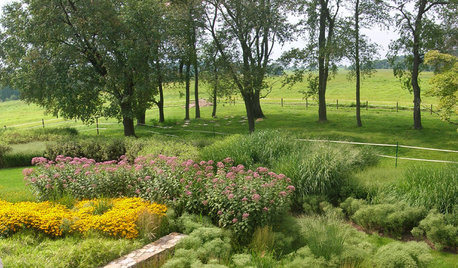
GARDENING GUIDESHow to Stop Worrying and Start Loving Clay Soil
Clay has many more benefits than you might imagine
Full Story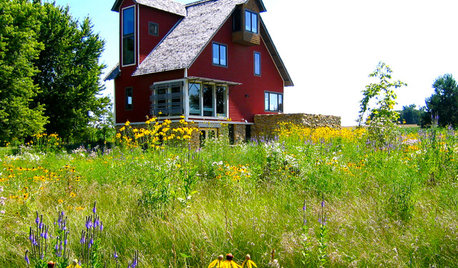
GARDENING GUIDESGardening Solutions for Heavy Clay Soils
What’s a gardener to do with soil that’s easily compacted and has poor drainage? Find out here
Full Story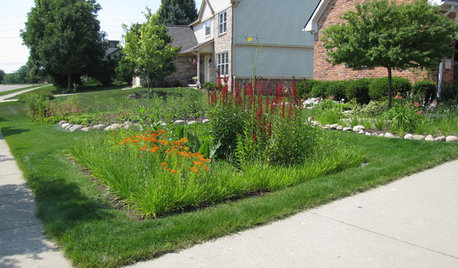
LANDSCAPE DESIGNHow to Shape a Rain Garden and Create the Right Soil for It
Learn how to grade, lay out and amend the soil in your rain garden to support your plants
Full Story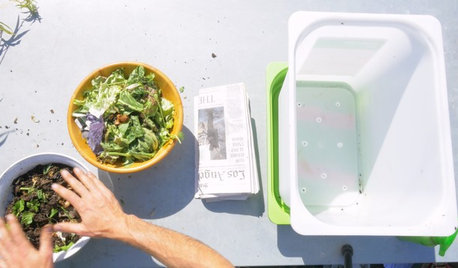
GARDENING GUIDESHouzz TV: Make a Worm Bin for Rich Soil and Happy Plants
A worm-powered compost bin that can fit under a sink turns food scraps into a powerful amendment for your garden. Here’s how to make one
Full Story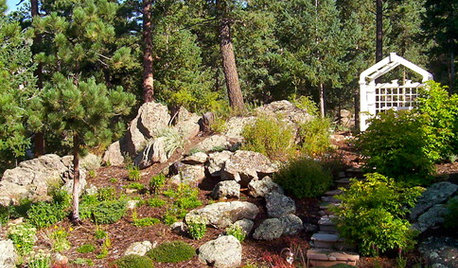
GARDENING GUIDESHave Acidic Soil in Your Yard? Learn to Love Gardening Anyway
Look to acid-loving plants, like conifers and rhododendrons, to help your low-pH garden thrive
Full Story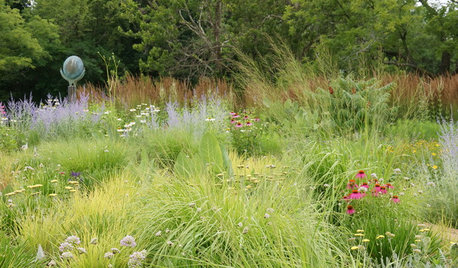
GARDENING GUIDESGet the Dirt on Your Garden’s Soil
Understand how your soil supports your plants so you can ensure your garden’s success
Full Story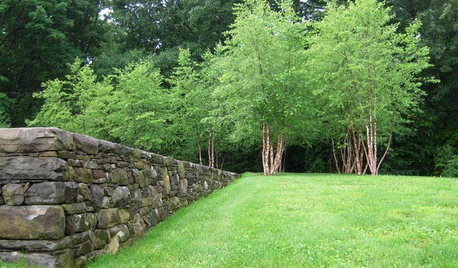
LANDSCAPE DESIGNFlood-Tolerant Native Trees for Soggy Soil
Swampy sites, floodplains, even standing water ... if you've got a soggy landscape, these trees are for you
Full Story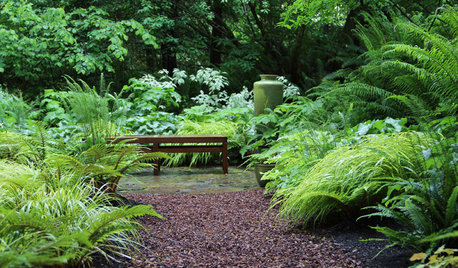
GARDENING GUIDES10 Solutions for Soggy Soil
If a too-wet garden is raining on your parade, try these water-loving plants and other ideas for handling all of that H2O
Full Story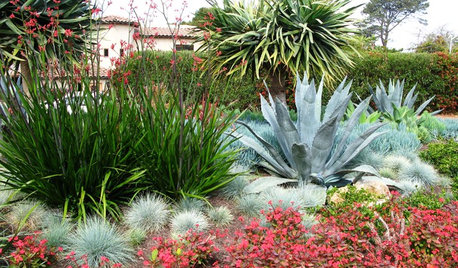
GARDENING GUIDESGardening Solutions for Dry, Sandy Soils
Has your desert or beachy site withered your gardening creativity? Try these ideas for a beautiful, easy-care landscape
Full Story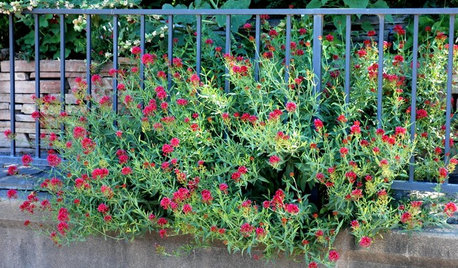
GARDENING GUIDESGrow a Beautiful Garden in Alkaline Soil
Got alkaline soil? Learn how to manage it and the many beautiful plants that will thrive in this ‘sweet’ soil
Full Story



john_in_sc